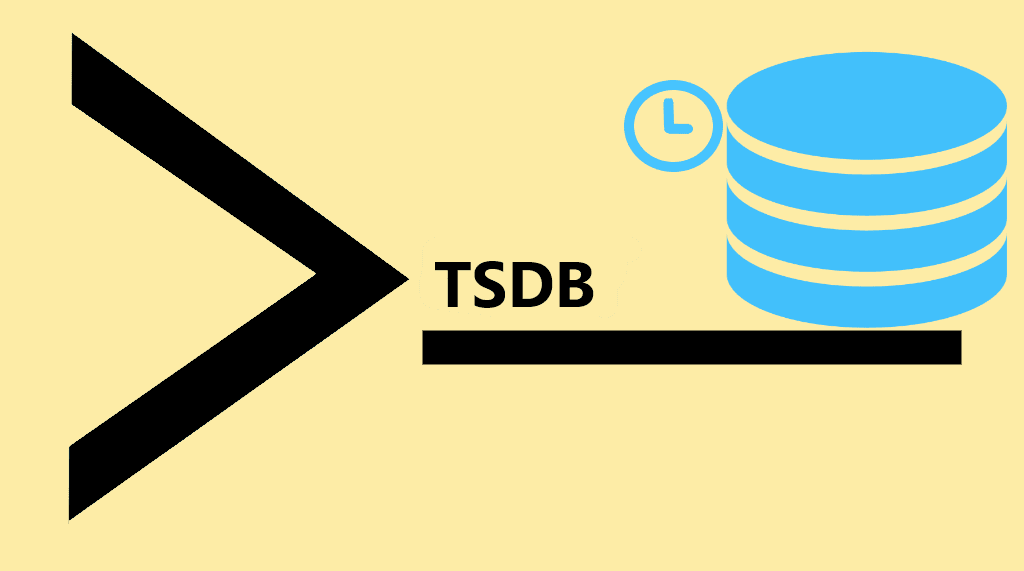Tag: IoT
What Is a Time Series Database? How It Works & Use Cases

As the Internet of Things expands quickly, many devices connect to the web and transmit time series data. As a result, industries are interested in creating time series databases with unique management and analytical features.
We can define the Internet of Things (IoT) as a collection of various hardware and software devices and tools connected on one or multiple networks on the Internet. With an ever-increasing number of connected devices on the IoT networks, ensuring optimal IoT security is vital for tools and businesses to remain functional.
What Are Internet of Things Devices?
The world we live in today is a mesh of connected devices and individuals. Everything around us has access to wireless networks and the Internet at large. We have begun to take advantage of this ever-present networking and connectivity to create an Internet of Things (IoT) using everyday items and devices. Cars, coffee makers, alarm clocks, and even writing instruments have upgraded to include connectivity options. These IoT devices provide us with data about our environment, homes, and daily activities and help us improve our lives by better understanding and using the information they provide.
What is the Internet of Things (IoT)?
The Internet of Things (IoT) is a network of everyday objects or things embedded with electronics, sensors, and software, allowing for the collection and transfer of data. Connectivity enables such devices to communicate real-time data with other connected devices and act on the acquired data without human intervention. This concept, known as machine learning, allows us to exert significantly less effort to collect data and appropriately act on it. Instead, we can direct our energy towards analyzing the collected data for something of use to make a process or activity more efficient.
How to Install and Configure the Rust Programming Language
What is Rust?

The Rust programming language is an open-source language used for systems that emphasize parallelism, speed, and memory safety. Mozilla developed it in 2010 and saw its initial 1.0 release in 2015.
What Is a Python Function? A Tutorial

What is a Python Function?
In this tutorial, we discuss one of the most useful attributes of Python: the function. Python functions are considered “First Class” objects. A First Class object can be assigned to variables, stored in data structures, passed as arguments to other functions, or even return values from other functions. Other examples of First Class objects in Python are integers, strings, and dictionaries.
How to Install and Update Python to 3.9 in Ubuntu
In this article, we will explore the newest methods to install or update to the latest version of Python on our Ubuntu system.
How to Install and Configure Jupyter Notebook
What is Jupyter Notebook?
Jupyter Notebook is an extremely powerful open-source, web-based tool that facilitates the creation of documentation. There are many different avenues to provide technical documentation or demonstrations, but Jupyter Notebook makes it possible to embed visualizations and execute live code. It is useful to be able to utilize documentation to describe development concepts or planning, but providing working examples within documentation can be a more effective way of conveying information. This tutorial will cover how to install Jupyter Notebook on an Ubuntu 18.04 LTS server and connect to it remotely via an SSH tunnel.
How to Install Python 2 & 3 on CentOS 8

In this tutorial, we will consider how to enable both Python 2 and Python 3 for use on CentOS 8. In earlier distributions of CentOS, an unversioned Python command was available by default.
How to Install TensorFlow on CentOS
In this tutorial, we are going to take a look at how to get started with TensorFlow on CentOS. We will be covering two methods. First, we will take a look at installing TensorFlow in a Python virtual environment via the Python package manager pip. After that, we will walk through installing TensorFlow via the Anaconda package manager. Finally, we will cover building a TensorFlow pip package from source.
Our Sales and Support teams are available 24 hours by phone or e-mail to assist.

